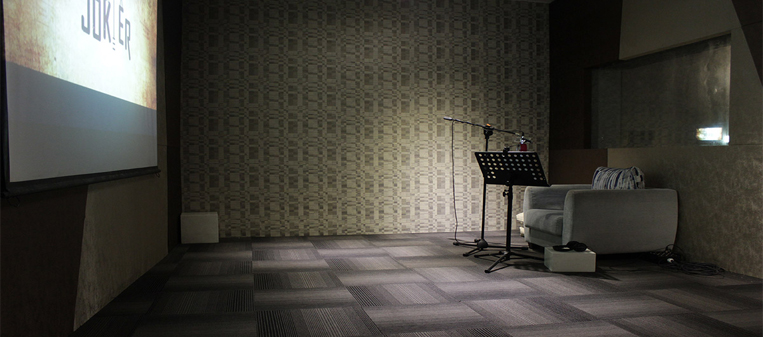Creating a professional recording environment is vital for achieving top-quality voice-over and dubbing work. In this article, we will delve into the essential elements of a dubbing studio setup that contribute to a professional recording environment. From equipment selection to acoustics, we’ll guide you through the steps needed to establish a dubbing studio that delivers exceptional audio recordings.
1.Optimal Equipment Selection:
The foundation of any successful dubbing studio setup lies in choosing the right equipment. Start by investing in high-quality microphones suited for dubbing work. Condenser microphones are commonly used for capturing detailed and clear vocal performances. Consider shotgun microphones for their directional focus, ideal for isolating voice-overs in noisy environments. Select audio interfaces and preamps that ensure clean and transparent signal processing, preventing any unwanted coloration during recording.
2. Soundproofing for Uninterrupted Recordings:
External noise can significantly impact the quality of your audio recordings. Implement soundproofing measures to create an isolated and distraction-free recording space. Utilize dense materials like acoustic foam, mass-loaded vinyl, and heavy curtains to block external sounds from entering the studio. Properly seal gaps and cracks to minimize sound leakage, allowing voice-over artists to deliver their best performances without interruption.
3. Acoustic Treatment for Pristine Audio:
Acoustic treatment is crucial for achieving a controlled sound environment within your dubbing studio. Employ acoustic panels to absorb excessive reflections and prevent echoes, ensuring a dry and clear recording. Bass traps are essential for managing low-frequency buildup, resulting in a more balanced and accurate audio response. Diffusers scatter sound waves to create a spacious and immersive sound environment, reducing unwanted flutter echoes.
4. Designing the Recording Space:
Optimize the layout and design of your dubbing studio for optimal recording conditions. Use a vocal booth or recording booth to isolate voice-overs and prevent bleed from other audio sources. Position microphones correctly to capture the best vocal performance, while providing voice-over artists with a comfortable and ergonomic setup. Arrange equipment and accessories strategically for easy access during recording sessions.
5. Post-Production and Editing Tools:
In addition to the recording setup, invest in post-production and editing tools to refine your audio recordings further. Quality digital audio workstations (DAWs) enable precise editing, noise reduction, and audio enhancement. Explore plugins and effects to add depth and clarity to your voice-overs. Maintain a high standard of audio quality during the editing process to ensure polished and professional final outputs.
Creating a professional recording environment for your dubbing studio setup is essential for delivering exceptional voice-over and dubbing work. By carefully selecting the right equipment, implementing soundproofing and acoustic treatment, and designing a comfortable recording space, you can establish a dubbing studio that facilitates top-quality audio recordings. With post-production and editing tools, you can refine your work further, guaranteeing that your dubbing studio is equipped to meet the demands of professional recording projects. Invest time and effort into setting up your dubbing studio, and you’ll be rewarded with outstanding audio results that will leave a lasting impression on your audience.

